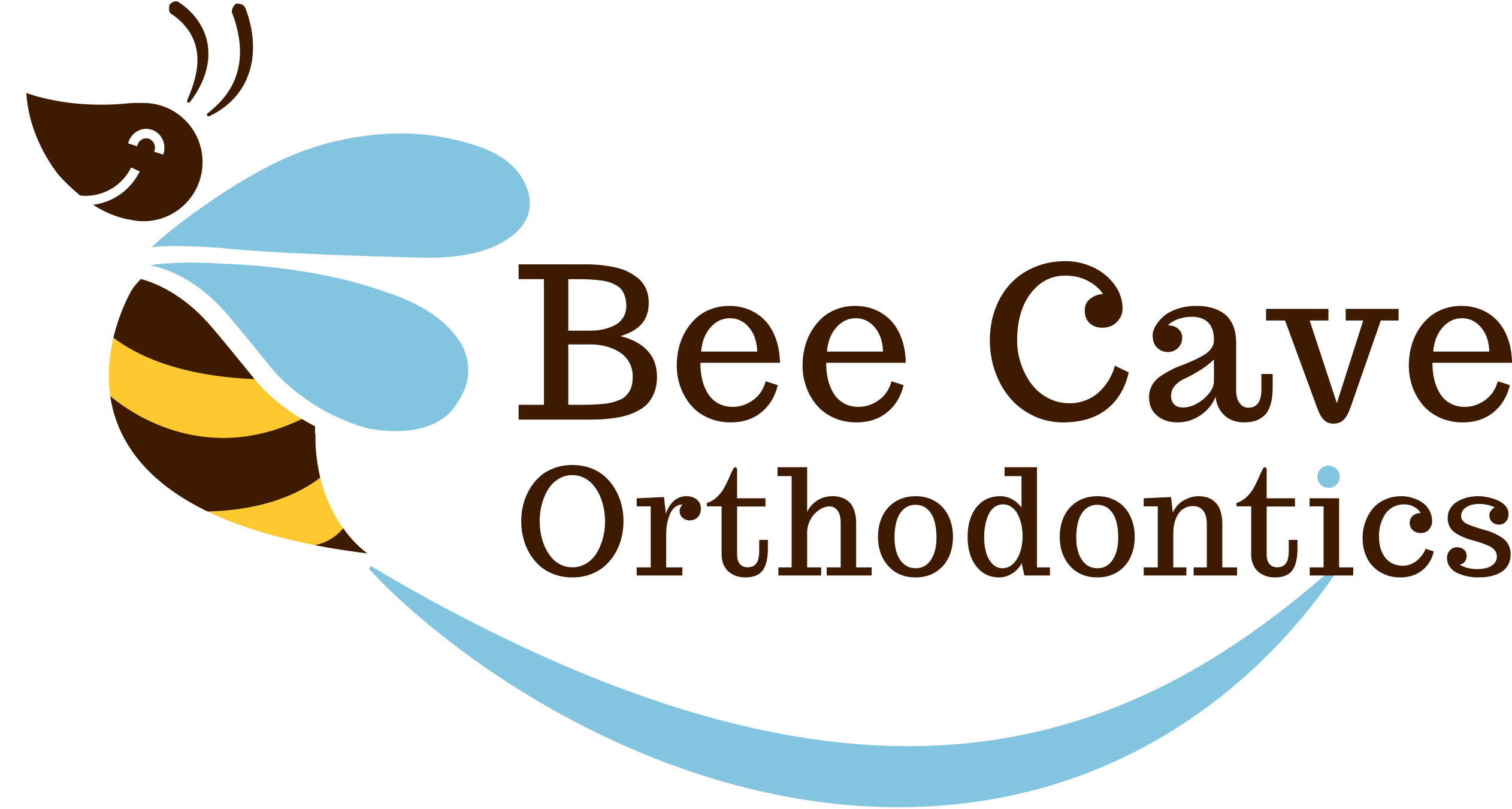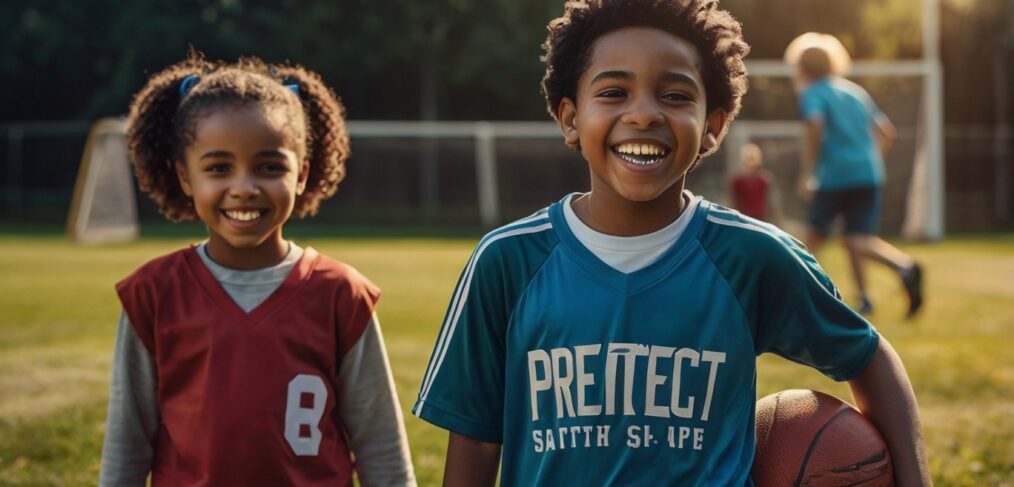Child Loses or Breaks Their Braces? Discover 5 smart steps to manage orthodontic emergencies and keep your child’s smile on track — from expert tips to quick fixes. – Bee Cave Orthodontics – Austin, Texas
Orthodontic treatment is a big commitment — and when your child loses or breaks part of their braces, it can be stressful. But don’t worry! With the right steps, you can avoid complications, reduce discomfort, and get your child’s treatment back on track quickly. Here’s what you need to know and do.
1. Stay Calm and Reassure Your Child
First and foremost, stay calm. Kids often feel nervous or guilty when something goes wrong with their braces. They might worry about getting in trouble, or be uncomfortable if there’s a wire poking their mouth. Reassure them that accidents happen, and this is something their orthodontist deals with all the time.
Let your child know it’s going to be okay, and that you’ll take care of it together. This helps reduce anxiety and makes it easier to move to the next step.
2. Assess the Damage
Take a close look at what happened. Here are a few common scenarios:
-
Loose or missing bracket – The small square glued to the tooth may have detached.
-
Broken wire – The archwire could be snapped or poking out.
-
Loose bands or spacers – Metal rings around molars or rubber separators may shift.
-
Missing aligner (Invisalign®) – Your child lost or damaged their clear aligner tray.
Make a note of exactly what seems broken or missing. If you’re unsure, take a photo and send it to your orthodontist’s office for a quick assessment.
3. Call Your Orthodontist as Soon as Possible
Even if the damage seems minor, it’s important to contact your orthodontist immediately. Braces and aligners work on precise timing — even small delays can affect the overall progress of treatment.
At our office, we encourage parents to call or text us with details and photos. We’ll assess how urgent the issue is and schedule a repair appointment if necessary. In many cases, we can guide you through a short-term solution to keep your child comfortable until the visit.
Pro tip: Save your orthodontist’s number in your phone and keep it handy in case of emergencies.
4. Apply a Temporary Fix if Needed
While you wait for your orthodontist appointment, there are a few things you can do at home to ease your child’s discomfort:
-
Use orthodontic wax – If a wire is poking or a bracket is rubbing the inside of the mouth, cover it with orthodontic wax (most kids get a small pack at the start of treatment).
-
Trim a long wire – If a wire is dangerously long and causing pain, use a sterilized nail clipper or tweezers to gently trim the excess, but only if you feel confident.
-
Rinse with warm salt water – This can help soothe irritated gums or cheeks.
If your child uses Invisalign and loses an aligner:
-
If it’s near the end of the wear cycle, they may be able to move on to the next tray.
-
If it’s early in the wear cycle, your orthodontist may recommend going back to the previous tray or ordering a replacement.
5. Prevent Future Issues With Smart Habits
The best way to deal with a broken appliance is to avoid it in the first place. Here are a few habits to reinforce with your child:
-
Avoid sticky, hard, or chewy foods like gum, popcorn, and candy.
-
Don’t use teeth as tools (no opening packages or biting pens).
-
Store aligners in their case — not in napkins or pockets, which are easy to throw away.
-
Wear a mouthguard during sports to prevent impact damage.
Also, encourage your child to let you know right away if something feels wrong — small discomforts can quickly turn into bigger problems if ignored.
You’ve Got This! Schedule a Free Consultation now!
Orthodontic mishaps are part of the journey — and they’re totally manageable. By staying calm, acting quickly, and working closely with your orthodontist, you can help your child stay on track with their smile transformation.
At our office, we’re here to support families through every step — even the unexpected ones.
If your child has an issue with their braces or aligners, don’t hesitate to reach out.
We’ll get things fixed fast and gently, with care tailored to your child’s needs.
- Click here to Schedule a Free Consultation now!
- Want to get to know us a little better? Check out our YouTube Videos!


